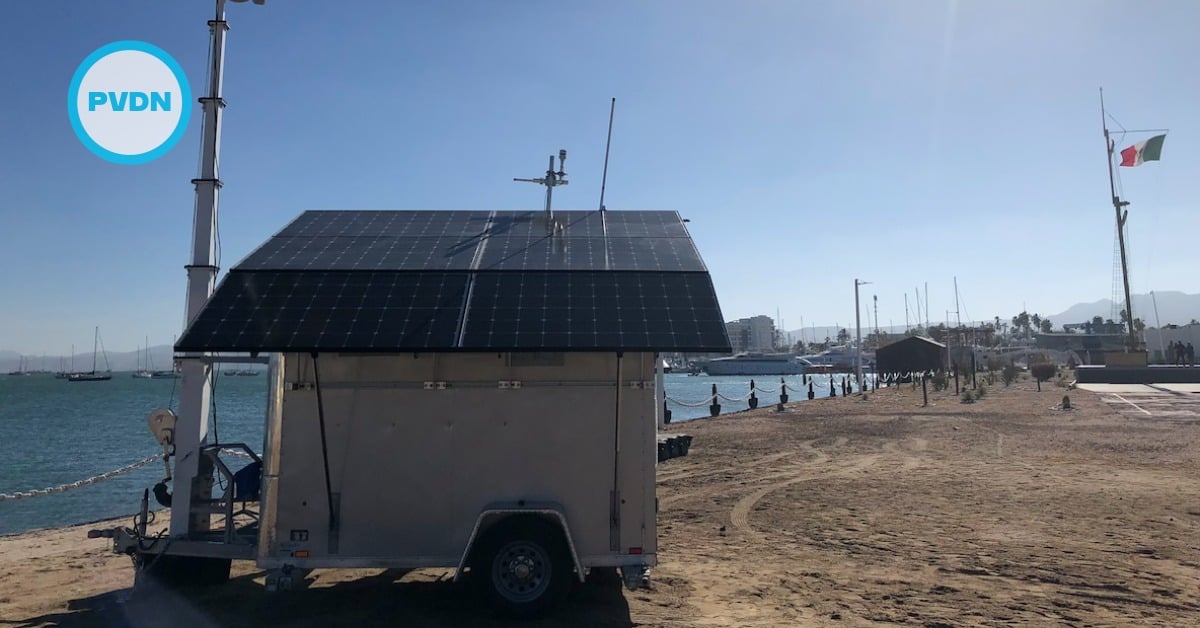Mark Bolzern traveled 3,700 miles to go to the dentist. The 56-year-old Anchorage, Alaska, native left home this spring, made a pit stop in Las Vegas to pick up a friend, and kept heading south, all the way to Los Algodones, Mexico, a small border town teeming with dental offices…






